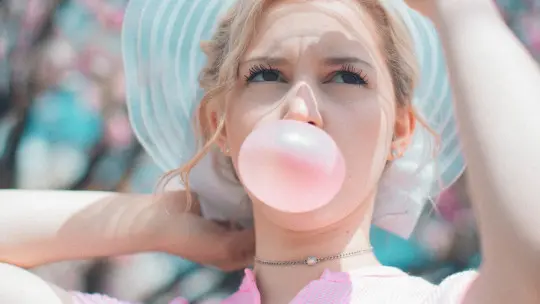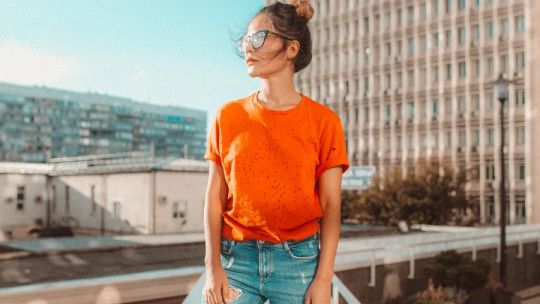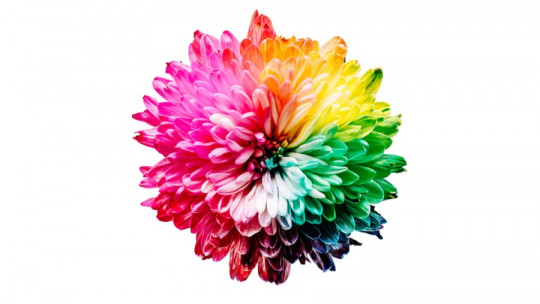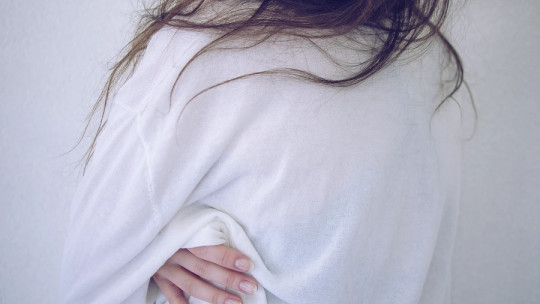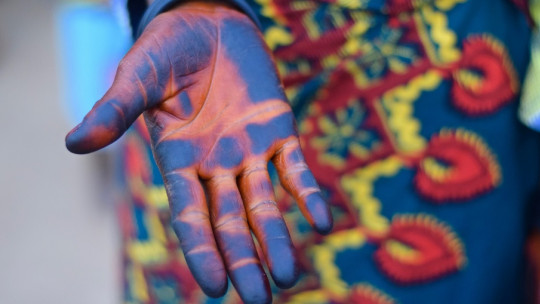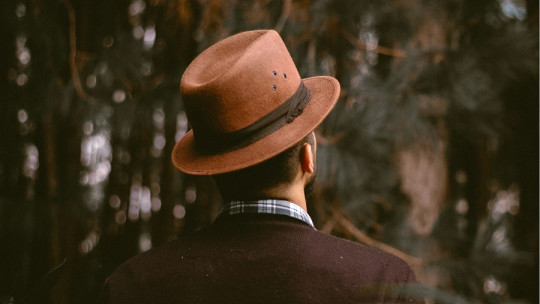
The color brown (coffee color in Latin America), is a color frequently associated with neutrality, or with unpleasant emotions. It is a chromatic stimulus very present in nature, which is why it also has ambivalent meanings, as well as many different uses.
We will see below what the color brown is, how it is known in different places and, in general, what does the color brown mean paying attention to the sensations and feelings it expresses.
The color brown: what it is and how to get it
As these are stimuli that are part of our daily environment, colors have been very present in our cultural development. For the same reason, they play an important role in our psychological expressions: they manage to evoke different emotions and even perceptions about the objects that surround us, even without us being aware of it.
Specifically, the color brown is obtained by mixing the three primary colors (generally using a little less blue and red, to avoid generating a grayish tone). In this sense It is considered a tertiary color. Furthermore, since it is a mixture of different shades, it is considered a non-spectral color, which is visually located at a wavelength that is between 580 and 620 nm.
The term “brown” is taken from the French “marron” which means “chestnut”, which is why it is the name by which this color is known in many places in Europe. However, this color receives different names depending on geographical location.
In several places in Latin America it is known as “brown” color, although when it comes to naming the hair tone the term “brown” or “chestnut” is used. Another common way to name this color, depending on the specific shade, is by using the words “chocolate”, “cinnamon”, “mahogany” or “honey”, among others. Its oldest name is “brown” color and received it because it is a color present in the leopard’s fur.
What does the color brown mean?
In color psychology studies, brown usually generates negative or in any case neutral responses. For example, in Clarke and Costall’s (2008) study with university students in Germany, 44% of participants reported that coffee has very few, or even no, emotional qualities. For their part, participants who related this color to a particular emotion added comments describing brown as “earthy,” “mud,” “natural,” or phrases such as “it doesn’t provoke any sensations in me” and “I have nothing to say, it’s just.” coffee”.
In the same sense, Manav (2007) finds that brown It is related to insensitivity and a low mood, or to boredom. In the same way it is related to adversity and depression. In their study of color preferences, brown ranks lowest.
For his part, the psychotherapist author of the Color Test, Max Lüscher (cited by Rivera, 2001), described the color brown through his studies as a sensory and passively receptive color. However, this color not only indicates neutrality and bitterness, but, like all colors, can have an ambivalent meaning which in this case is related to vigor, strength, solidarity, dignity and confidentiality.
In another study carried out with Mexican students, Rivera (2001) finds that the main descriptors of women about the color brown are “serious”, “sad”, “branch”, “bears”, “dark”, and in the case of men the main descriptors are “coffee” “tobacco” “excrement” “life”. The descriptors in common that the participants had are “earth”, “logs”, “wood”, “tree”, “trunk”, “chocolate”, “serious”, “brick”, “ugly”, “pretty”.
In this sense, the same researcher concludes that the color brown is one of the colors that evoke objects and/or nouns (other of these are dark blue, green and yellow). Brown also evokes qualifying adjectives (as well as pink, gray and orange), unlike other colors that evoke emotions, such as white, red, light blue and even black.
Cultural meanings
For her part, Eva Heller (2005) suggests that the combination of brown with other colors can generate opposite effects on both a psychological and cultural level. For this author, on a psychological level, brown It is related to the unfriendly, the anti-erotic, the unpleasant, the vulgarity and the stupidity.
Its accompaniment with the color blue can simultaneously evoke spiritual and earthly symbolism, the translation of which can be one of nobility and impunity. The opposite combination (brown-white) can evoke dirt-cleanliness at the same time. And its mixture with the color black is an indication of evil.
At a cultural level their meanings have been similar, since It is related to the color of autumn and the withered, which is in turn the end of spring, a season more related to happy emotions. In the same sense, it usually represents what is outdated and what is becoming extinct, or also what gives the appearance of maturity and being a classic. For this reason, it is a color that has been very present in the most recent aesthetics and modern clothing. Despite this, according to Heller (2005) the color brown tends to be more rejected as age advances, and it is in fact the most rejected color of all.
Main uses
The color brown has been very present in decoration on a daily basis, since it is the raw material of various pieces of furniture. Not only that, but It is very present in nature. In this same sense, it is a color that has been very present in cave paintings.
Brown, as well as black and red, are often used for dramatic effects in advertising and cinematography, and can also be used strategically to make a place feel more welcoming. Especially when these colors do not mix with each other.
On a political level, brown is usually used in local or provincial flags, although at some point it was associated with Nazism, as it was used by assault troops. During the Middle Ages it was related to servitude, because of the color of the clothes when they were lightly dyed. For this reason, it has been traditionally understood as the antagonist of elegance.


